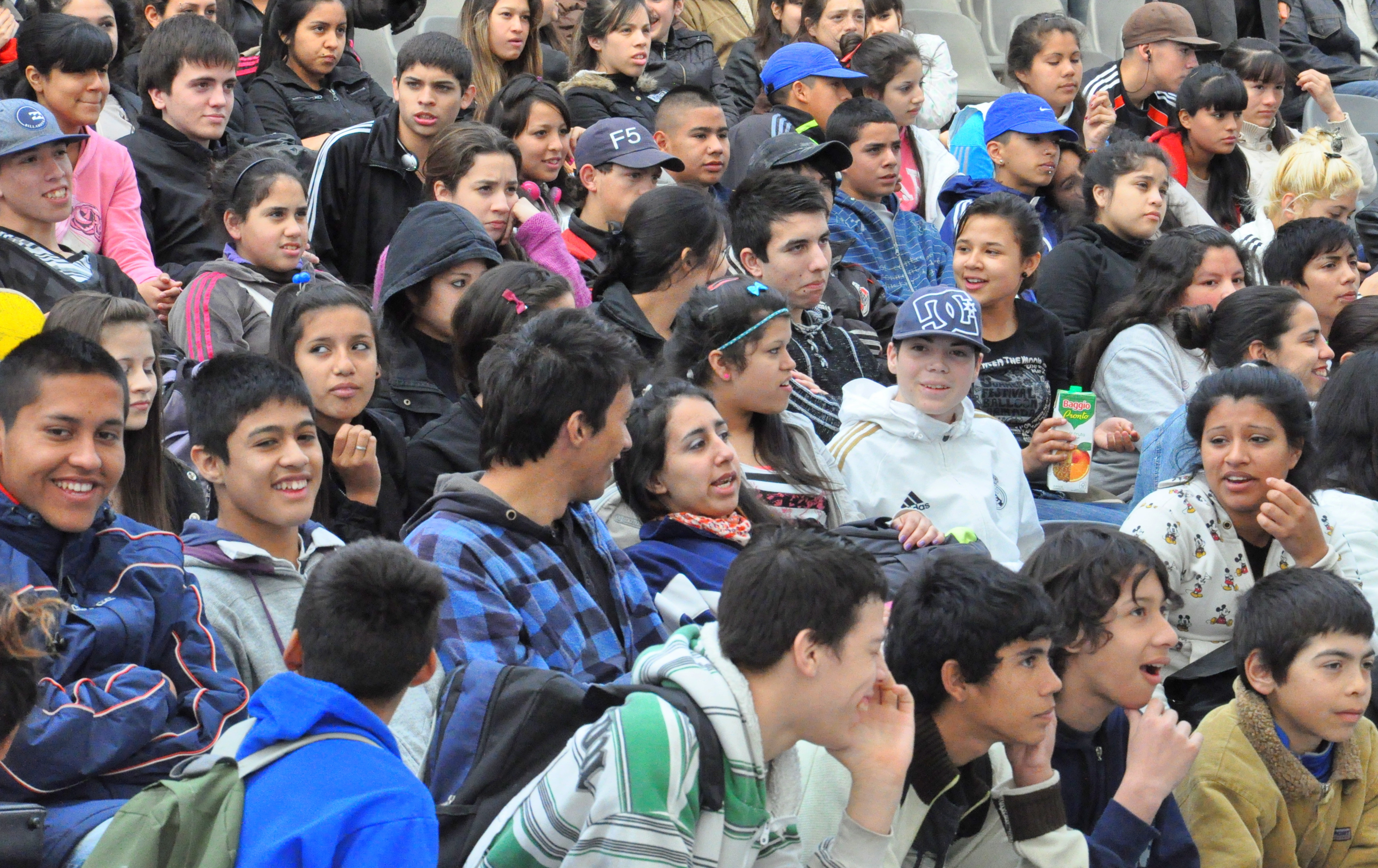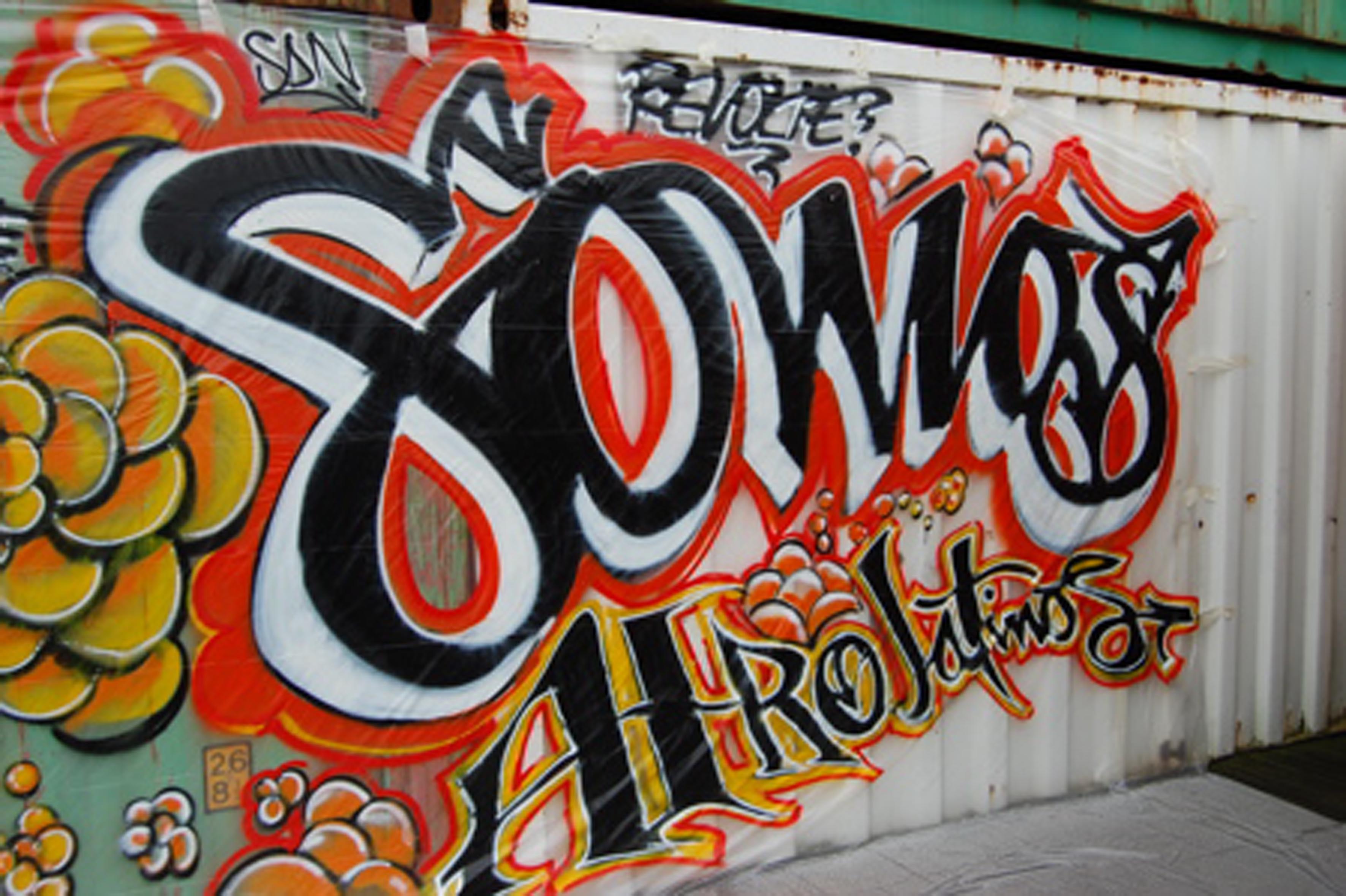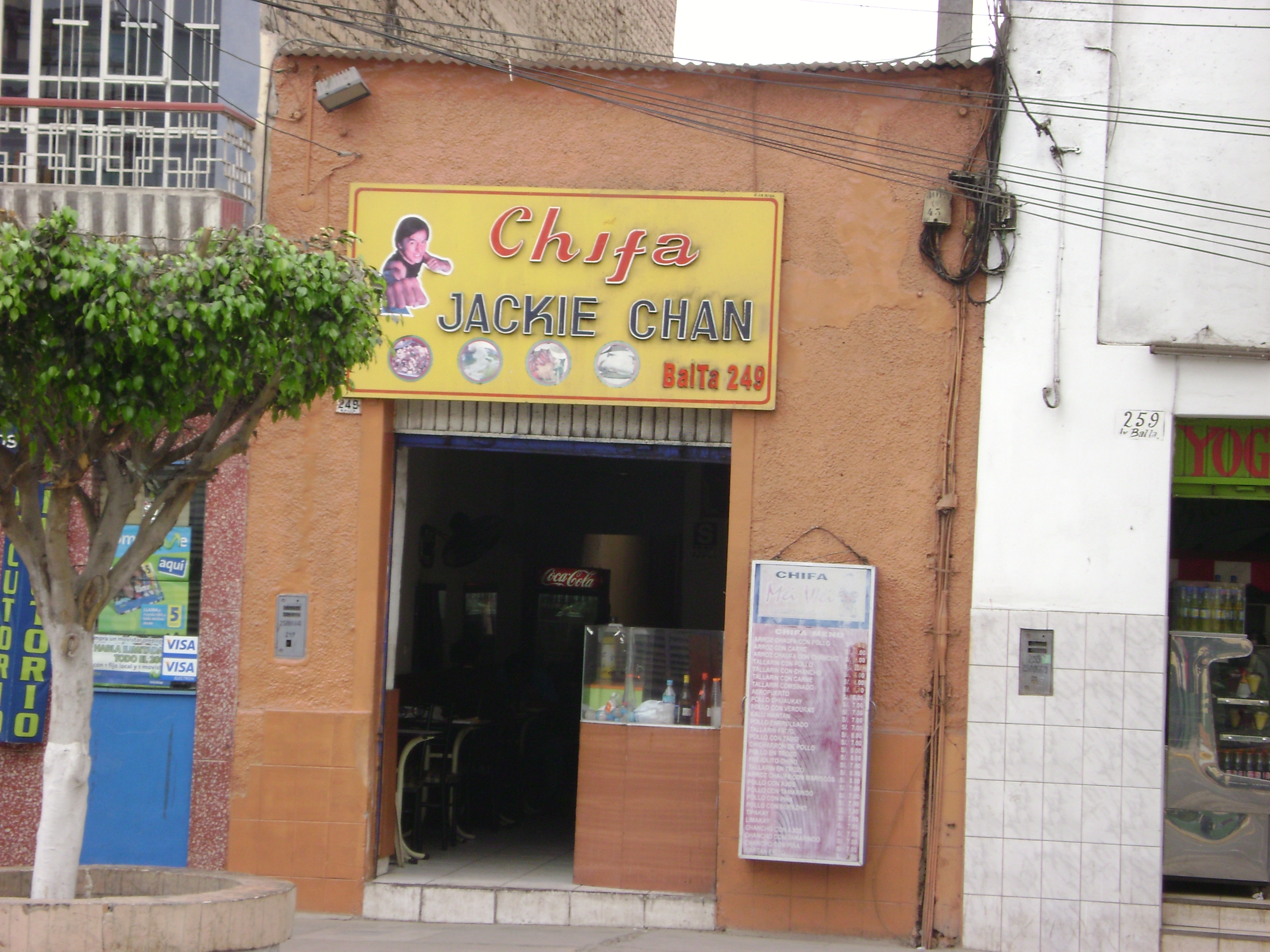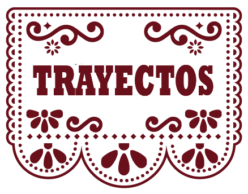The Spanish-Speaking World: Unity in Diversity
The beauty of Spanish lies in both its human and linguistic diversity. The Spanish-speaking world is made up of people belonging to different races and ethnicities, who share cultural, linguistic, and historical ties. Our world would not be the same without the rich contributions of our many diverse and unique flavors: our colors, our dialects, our cultures. Also, our language is in contact with other languages, which have left their indelible mark in our world. So who are we? Let’s see…

 Hispanic, Latin American, Latina/o, Latino@, Latinx…*
Hispanic, Latin American, Latina/o, Latino@, Latinx…*
Latin America has a rich and diverse history of indigenous cultures, European colonization, African slavery, and global immigration that makes it complex and difficult to describe its people with a single ethnic category or identifier. People in the US who have origins in a Latin American country occasionally self-identify or are referred to as Latin American, but many prefer the term Latino/a (for Latino, masculine, or Latina, feminine). However, some people (including us!) prefer to use the more gender-inclusive term Latinx.
What’s the difference between Hispanic and Latino/a/Latinx? Primarily, the reference to Spain. Hispanic refers to linguistic origins from a Spanish-speaking country, in particular Spain. Latino/a/Latinx refers to people living in the USA who have ethnic and cultural origins from a country in Latin America.
Hispanic, Latin American, Latino/a, and Latinx are not considered racial terms or descriptors of race; these terms are used only to describe ethnic and cultural origins. For example, these umbrella terms encompass indigenous Latinx, Afro-Hispanics (or Afro-descendants), Asian Latin Americans, and white Latinx.
Some individuals, however, choose not to self-identify by any of these terms and prefer to use other descriptors that more appropriately represent their personal identity. For some, the terms Tejano/a (Latinx or Hispanic from Texas), Boricua (of Puerto Rican descent), Chicanx (of Mexican Descent), Bicho/a (of Salvadoran descent), Blaxican (of Black and Mexican descent), or Afro-Latinx (of Black descent) better describe who they are.
Tu turno (your turn)
- Focus on your university community. Interview classmates or friends of Hispanic or Latin American heritage. Ask them how they identify themselves, and why they have chosen to do so. Get to know more about their families’ experiences.
- Find examples of cultural contributions (e.g., art, music, etc.) from Latinx artists in this country. How do these artists identify themselves? How is their identity reflected in their work?
 African Diasporas in Latin America
African Diasporas in Latin America

The African diaspora in Brazil and throughout the Americas is one of the “five great African diasporas” connected to the transatlantic slave trade. From the fifteenth to the nineteenth centuries, Africans—primarily from the central and western parts of Africa—were captured, traded, and sold into slavery and brought to the New World as forced labor for the Portuguese, the British, the French, the Spanish, and the Dutch trading nations.
There is and was a broad diversity of black experience in the Americas. According to data by the Pew Research Center, about 130 million people of African descent live in Latin America. Currently, Brazil has the largest African diasporic community in Latin America, and the world. Numerous other countries and communities throughout Latin America have deep African roots, including Bolivia, Peru, Colombia, Venezuela, Panama, Dominican Republic, Cuba, and Mexico. We will explore some of these communities in Trayectos.
The presence of African heritage in Latin American culture is visible in the arts and music of many regions. For instance, reggaetón was invented by black Panamanians in the 1980s, inspired by black Jamaican dancehall music by way of Puerto Rico. However, Afro-Latin-American and Afro-Latinx identity has not always been visible or respected in mainstream Latin American and US culture. Only in 2015, for example, did Mexico begin to count individuals of African descent in their own separate category, as black or Afro-Mexican, for their general census. This 2015 census showed that 1,381,853 individuals identify as being of African descent, representing 1.2% of Mexico’s population. Currently, there is a movement of individuals creating communities, festivals, and literature to address their Afro-Latinx identity and culture.
 Tu turno
Tu turno
We invite you to discover the wonderful piece “Poem for My Grifa-Rican Sistah Or Broken Ends Broken Promises” by Afro-Latina Mariposa (María Teresa Fernandez). What is the topic of the poem? What feelings is Mariposa expressing? How are they related to her Afro-Latina identity? Do you identify with them?
Attribution: By afrolatin@ forum, licensed under CC BY-SA.
 East Asian Diasporas in Latin America
East Asian Diasporas in Latin America

There are 6,000 Chinese restaurants (called chifas) in Peru. Havana is home to one of the oldest Chinatowns in Latin America. Almost 1% of the population of Latin America, over four million people, is of Asian descent. Yet the history of this East Asian diaspora is not well known outside of Latin America.
The so-called “abolition” of the transatlantic African slave trade in 1807 created a vacuum in the free labor force, leading the Portuguese, Spanish, and British Empires to seek new low-wage laborers in East and South Asia. Citizens of these nations were kidnapped, deceived, or sold into indentured servitude, which was equal to slavery in all regards except in name. Laborers from East and South Asia were dispersed throughout Latin America. Laborers of East Asian descent were primarily sent to the Caribbean and Latin America to work on sugar cane, cotton, and coffee plantations, alongside an existing population of African slaves. In Peru, Chinese laborers were integral to the construction of the Andean railroad and worked in the silver mines.
In the early twentieth century, Havana had one of the largest and most vibrant Chinese communities in Latin America. Chinese indentured laborers were brought to work in the sugar and tobacco fields alongside the existing population of African indentured laborers. Chinese laborers fought in Cuba’s Ten Years’ War (1868–78) and were essential in the battle for independence from Spanish rule. Today there are fewer than 150 native Chinese people still living in Cuba, but their traditions still live on. Traditional Chinese opera is still performed, and a reed instrument originating from China, called the corneta china in Cuba, remains a staple of Cuban music.
Many of the diasporic populations of both African and Asian descent in Latin America have embraced their dual heritages. Despite the persistence of racism, systemic discrimination, and forced assimilation, many of the Afro and Asian Latinx communities within and outside Latin America continue to celebrate and discover their multilayered heritages.
*Attribution: Text adapted from An Overview of Latino and Latin American Identity. By Emma Turner-Trujillo, Marisa del Toro, and April Ramos, licensed under CC BY 4.0. Original text available at https://blogs.getty.edu/iris/an-overview-of-latino-and-latin-american-identity/.
 Tu turno
Tu turno
One of the most important figures in the Asian-Latinx community is Dr. Franklin Chang-Diaz. Who is he? Google his name, and find information about his work. In what area was he a pioneer?
We hope this overview has given you a better idea of the immense diversity of the Spanish-speaking world. There’s much more to learn, and we’ll do so throughout our trayecto.
Now we will learn some expressions that you can use to communicate in Spanish in your classroom.

